Yongqing Temple, situated in Chengmai County, is an architectural wonder that spans 80 acres of land and encompasses approximately 9,200 square meters.
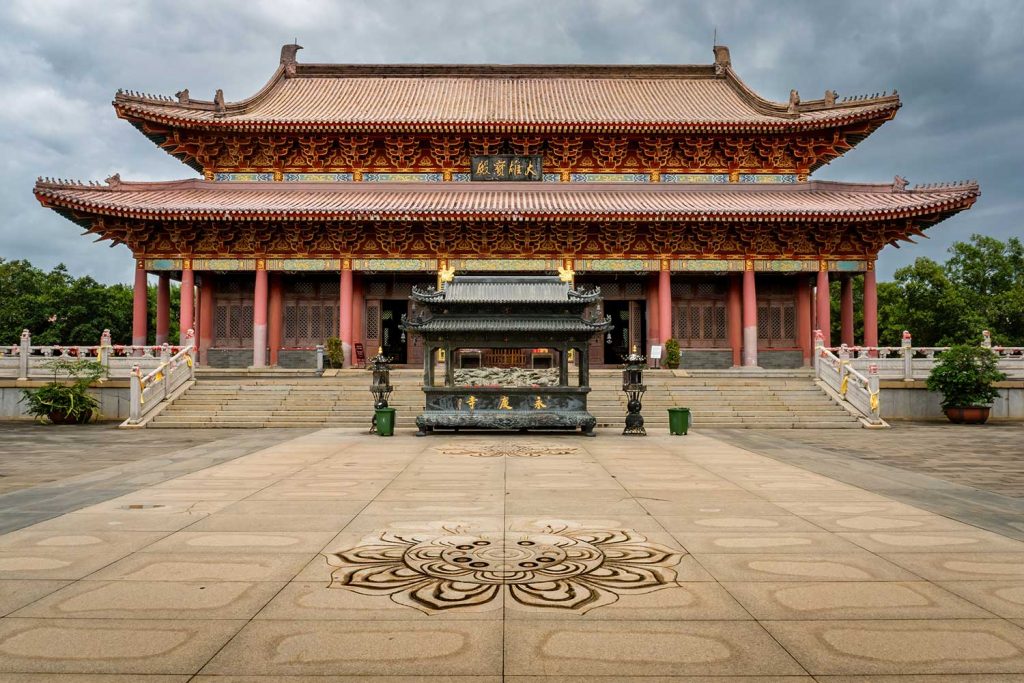
Yongqing Temple, with its roots tracing back to the Northern Song Dynasty, boasts a rich history that spans centuries. While the original construction commenced during the Northern Song Dynasty, the temple has undergone a series of expansions and renovations throughout its history, shaping it into the grand complex it is today.

The temple layout adheres to the architectural standards of Song Dynasty Buddhist temples, following the 伽藍 “Qiélán Seven Halls” arrangement.
The term “伽藍” (Qiélán) is derived from Sanskrit and is used in Chinese to refer to the temple complex or the main buildings of a temple. In the context of the “Qiélán Seven Halls” arrangement, “伽藍” (Qiélán) represents the cluster of seven main halls in a temple.
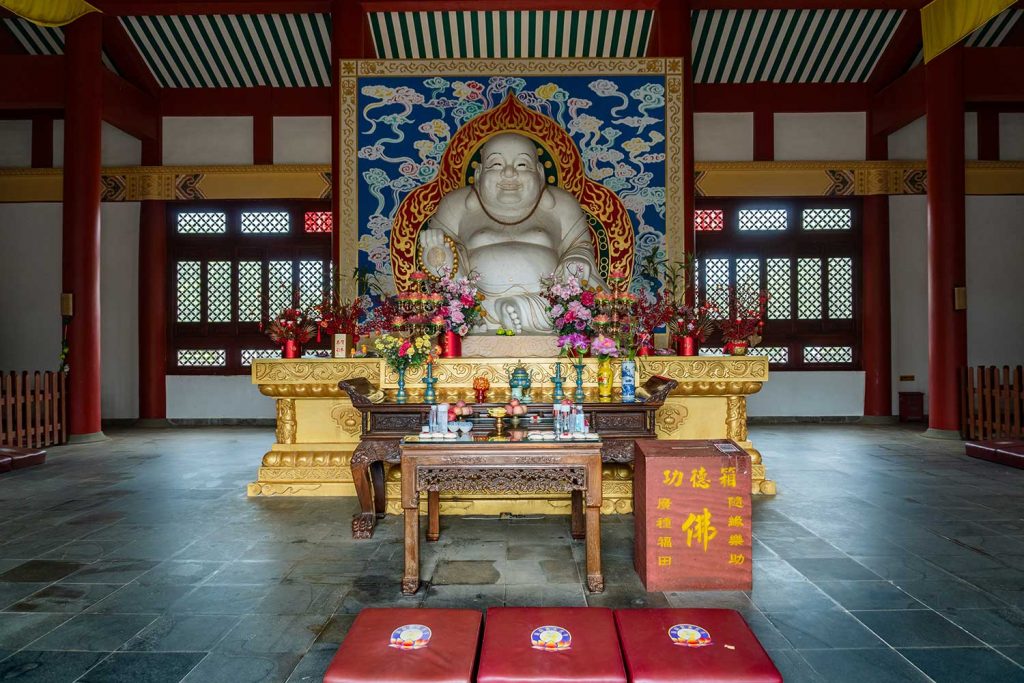
The sacred complex comprises three main halls dedicated to Sakyamuni Buddha, Avalokitesvara Bodhisattva, and numerous other Bodhisattvas, serving as the spiritual heart of the temple.
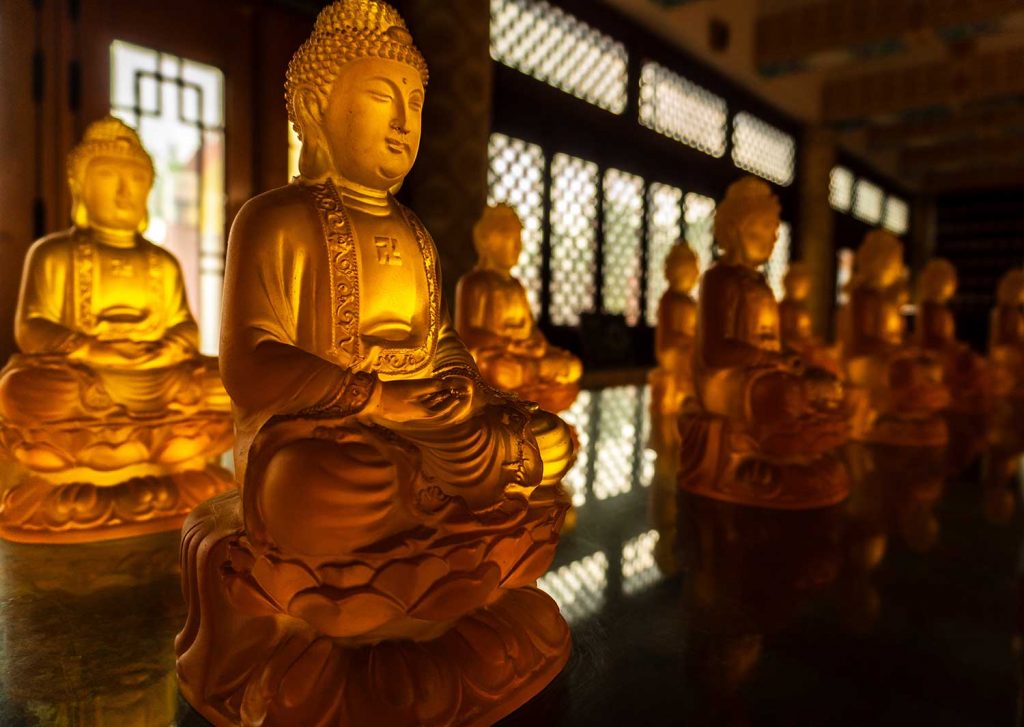

The Great Heroic Hall, at the centre of it all, is a sanctuary where colossal Buddha statues, including the world’s largest Burmese jade reclining Buddha, instil a sense of reverence.
The renowned Song Dynasty literary figure Su Dongpo (苏东坡) visited Yongqing Temple in the year 1097, and is reported to have been deeply impressed, composing poems praising the beauty of the temple and the natural surroundings.

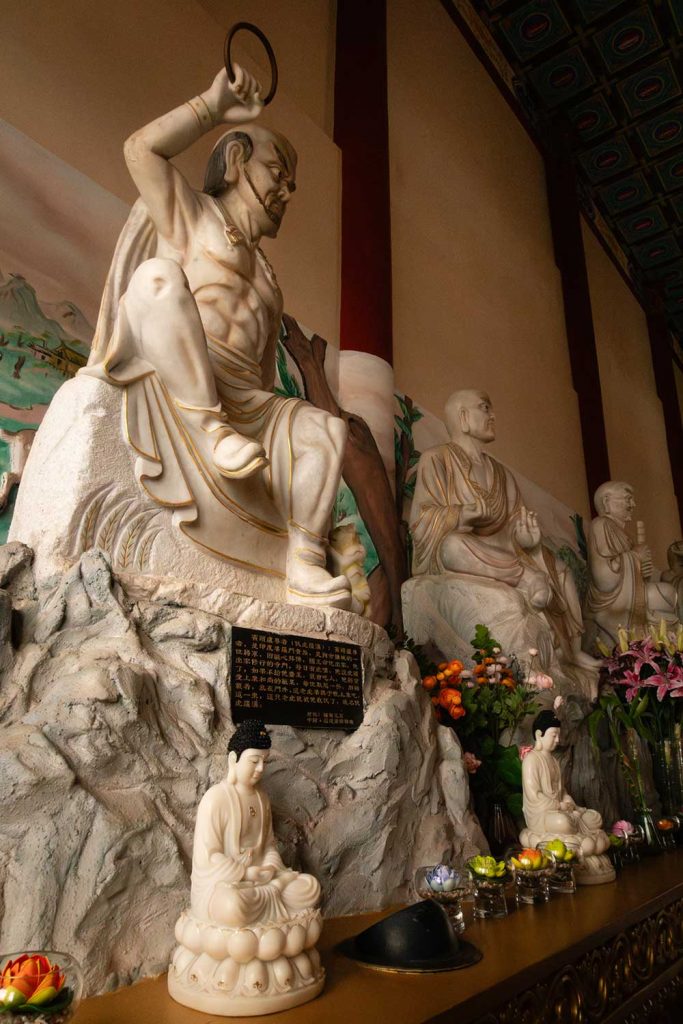

Chengmai; the destination of exiles
The ancient city of Chengmai during the Song Dynasty was strategically located due to its natural harbour and proximity to the Qiongzhou Strait, making it a major departure point from Hainan to the mainland. Many travellers arriving from the mainland via sea landed here.
The “Tōng cháo gé” Pavilion, which served as an official lodging place for historical officials and messengers, had already hosted scholars, poets, and exiled officials traveling to and from the south before Dongpo’s arrival.
In 1100, after being pardoned and before leaving Hainan, Su Dongpo visited the temple once again and composed another famous poem.
The poems, 澄迈通潮阁二首 (Chéngmài Tōng cháo gé èr shǒu) – the title can be translated as “Two Poems at the Cháo gé Pavilion in Chéngmài,” express the poet’s longing for home and his desire to return.
The first poem describes the scenery seen from the Cháo gé Pavilion, with a touch of melancholy and homesickness, while the second conveys the poet’s yearning for his hometown.
His visits and the poems he wrote during his time at Yongqing Temple have contributed to the temple’s historical significance and cultural heritage, making it an important connection between Su Dongpo and the temple. Su Dongpo’s visits and poetic contributions are celebrated as a source of pride and honour for the temple.
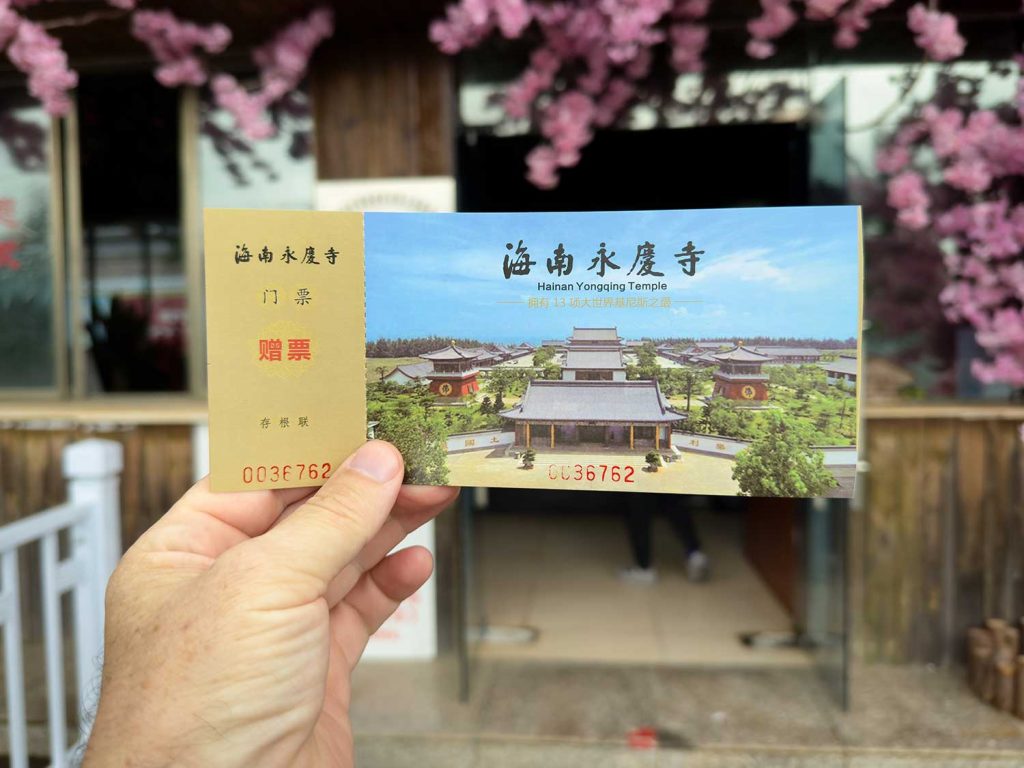
Location: copy and paste 永庆寺海南澄迈县 into WeChat/Baidu maps
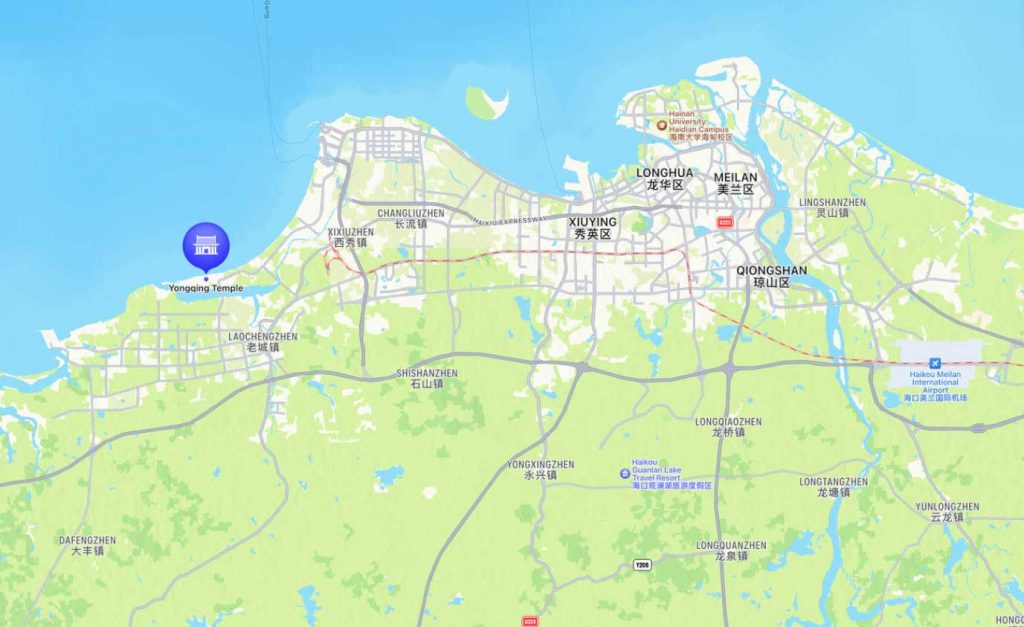
Related article: The Life and Legacy of Su Dongpo, Poet, Politician and Exile


If you would like to make a comment, compliment or complaint about any aspect of living or working in Hainan Island, we’d love to hear from you. We pass all communications on to the relevant services. Please keep it polite and to the point.





